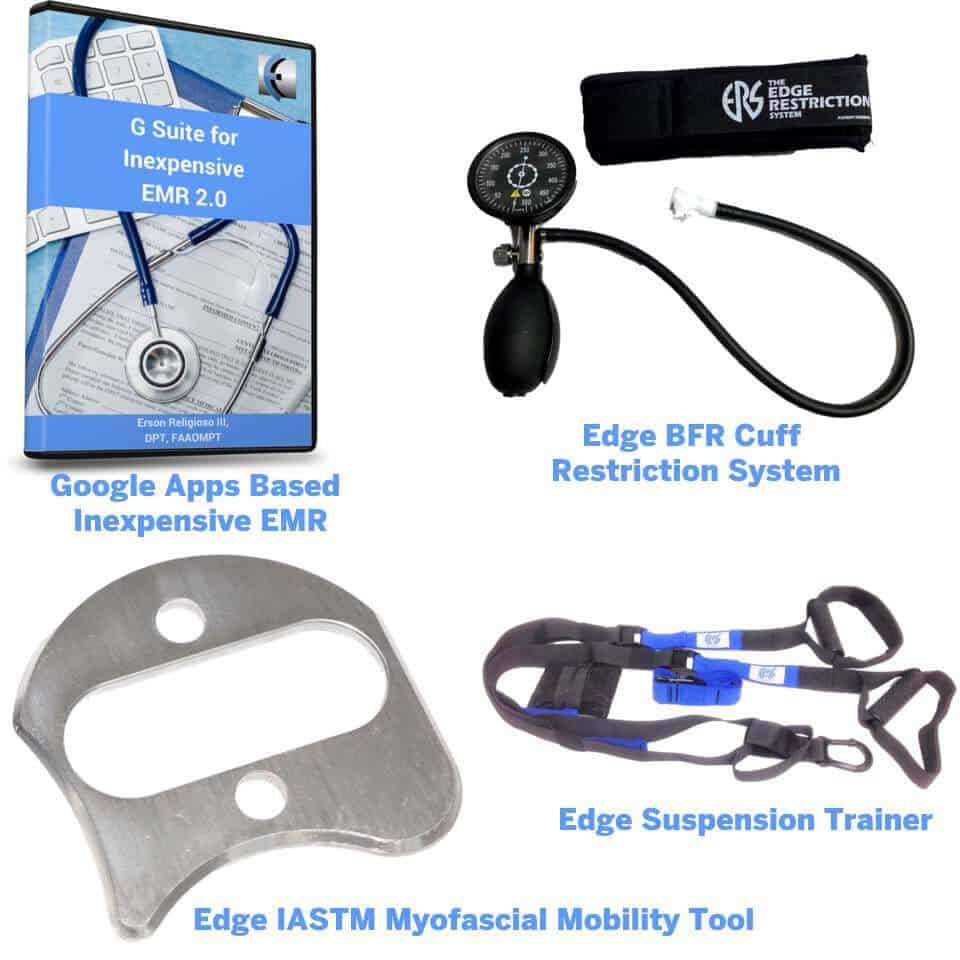Dr. Cliff Tao, DC, DACBR talks to Dr. Justin Trosclair DC on A Doctor's Perspective…

Quick look at the Medical Journals that recommend chiropractic and the truth about spinal steroid injections.
The frequency of patients who filled a prescription for opioid medication six months after their initial visit was significantly higher in the group that started with a primary care physician compared to those who did not. In contrast, a smaller percentage of patients had hospitalizations, surgery, referrals to specialists, or MRI scans.
Patients were 50% less likely to be hospitalized, 57% less likely to fill a prescription for an opioid, and 44% less likely to receive spinal injections if they received care from a chiropractor.
Having a chiropractor involved in the management of spine-related complaints is a crucial aspect of care and is not a luxury, but a necessity. Chiropractors can have a substantial impact on the lives of their patients.
In 2008, two million Medicare beneficiaries received chiropractic care and a systematic review found that adjustments were an effective treatment for chronic non-specific neck pain. This is supported by recommendations from organizations such as the American College of Physicians, the American Pain Society, the task force on neck pain and associated disorders, and the American Geriatric Society.
Thoracic spine pain affects between 35-55% of people, with women being 2.5 times more likely to experience it. In a study, 45% of patients reported immediate improvement and 66% reported improvement after follow-up.
In contrast, only 33% of patients experienced improvement after surgery, while 33% experienced worsening symptoms and 33% experienced no change. Encouraging patients with positive reinforcement can increase their perceived comfort and lead to better outcomes.
There are three reasons why a person should not get an epidural spinal injection (ESI):
- ESI s are not FDA approved and are used off-label, despite the fact that they are used in 1 million cases per year.
- The effectiveness of ESI s has been shown to be limited in the past 10 years, with many people receiving injections every 4 months. This falls in line with the law of diminishing returns, as each subsequent injection becomes less effective. Additionally, ESI s do not address the root cause of the problem in most cases.
- Over time, ESI s can actually break down the joint, leading to a 20% increase in fractures. Steroid shots can also stop the healing process, only allowing the body to start healing once the shot has been removed.
Despite this, 10 million ESI s are performed each year. Movement-based care, such as chiropractic, is important and should not be limited to just a few physical therapy visits and shots.
Show notes can be found at https://adoctorsperspective.net/m76 here you can also find links to things mentioned and the full transcript.








